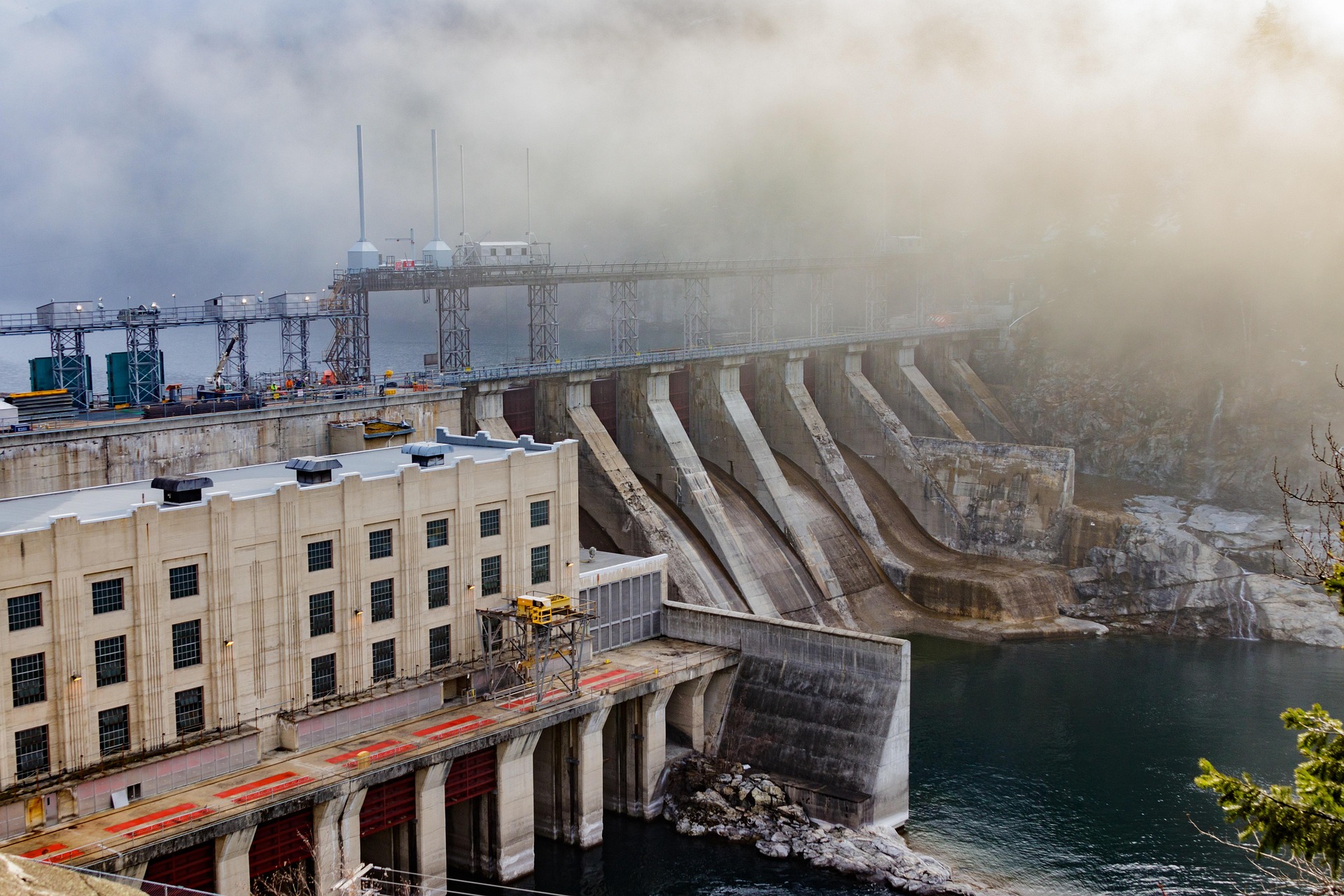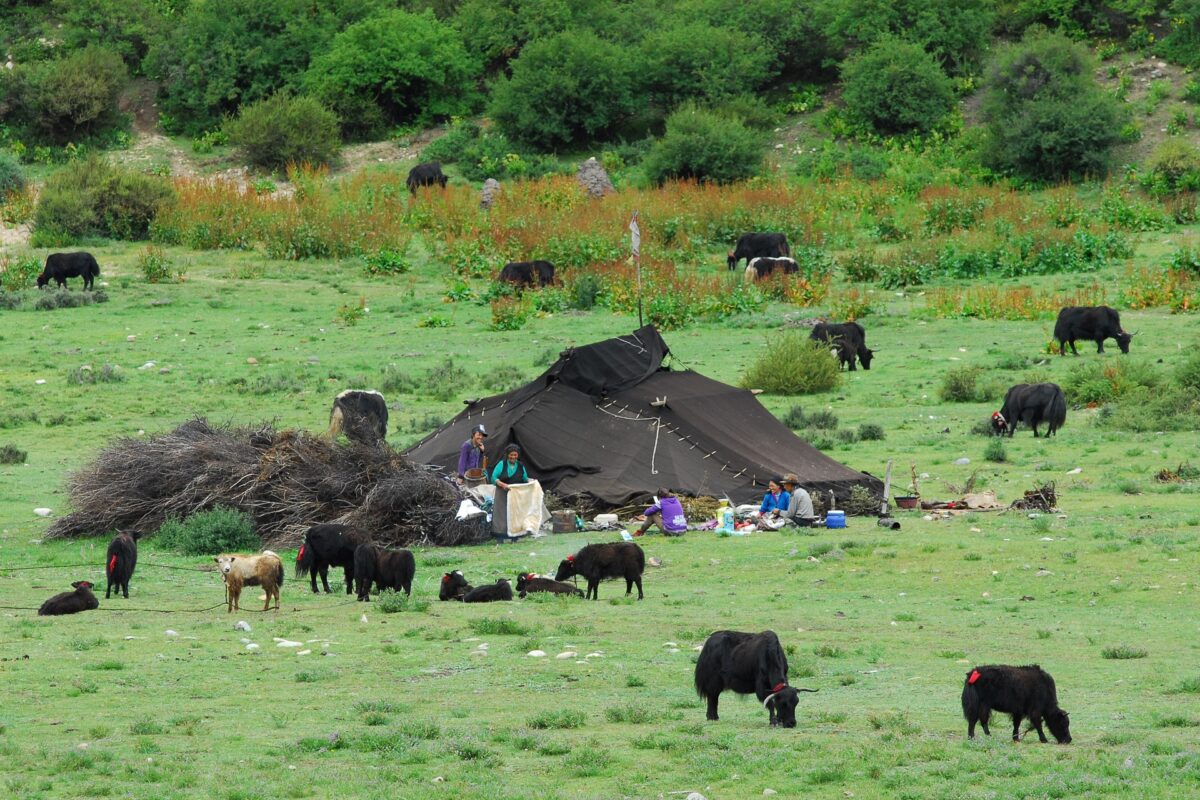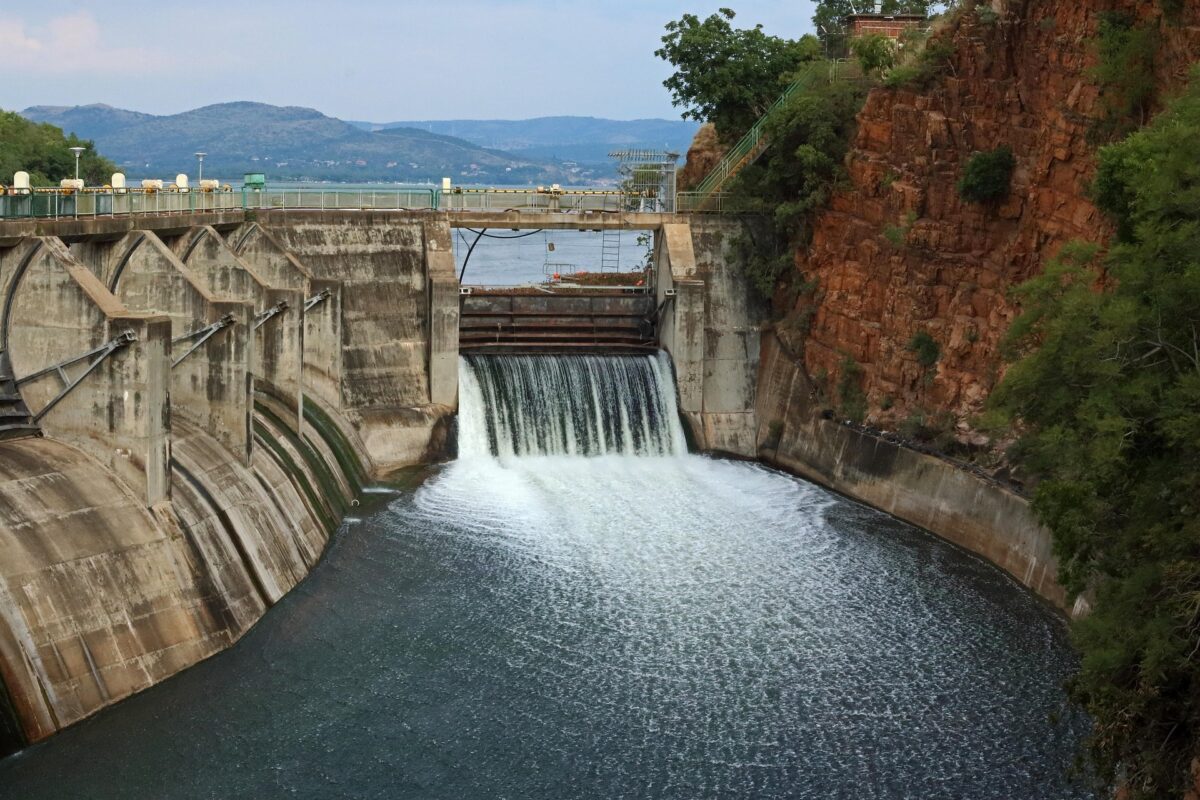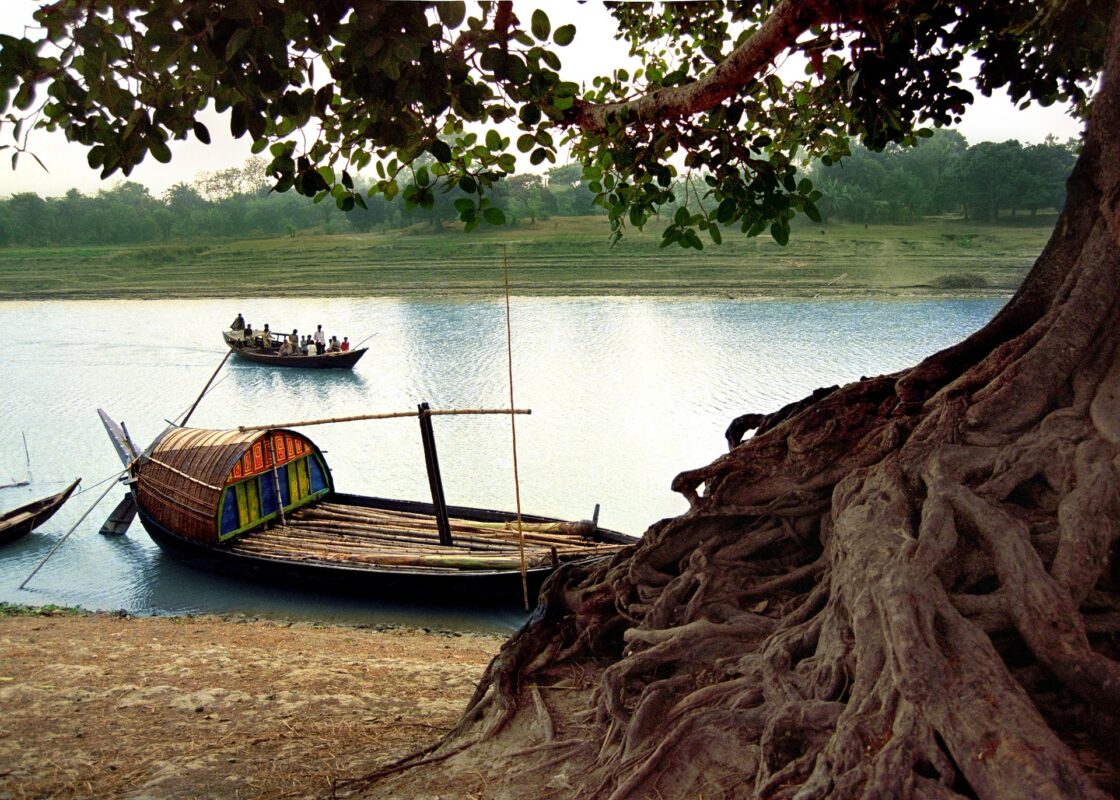
Blog
China’s New Megadam in Tibet: Innovation or Instability?

China is about to embark on one of its most ambitious infrastructure projects in recent history. At the heart of the Tibetan Plateau, a colossal hydropower dam is now under construction—one that, when completed, will become the largest in the world in terms of electricity output. The announcement, made in July 2025 by Premier Li Qiang, has captured global attention not just for its scale, but for the serious environmental, economic, and geopolitical questions it raises. Let’s break it down together.
What Is This Dam and Why Does It Matter?
Set on the Yarlung Tsangpo River in Tibet—one of Asia’s most powerful and sacred rivers—this dam is a massive undertaking. When it’s completed (sometime in the 2030s), it’s expected to produce around 300 billion kilowatt-hours of electricity each year. To give you some perspective, that’s roughly equal to the total electricity consumed in the UK in a whole year.
That’s huge. And China is building it not just for power, but as part of a larger plan to stimulate its slowing economy, transition away from coal, and reinforce its position as a clean energy leader.

A Modern Version of the Three Gorges Dam?
You might remember the Three Gorges Dam, which was completed in the early 2000s. It made headlines around the world. Well, this new project is being called the most ambitious one since then—and possibly even bigger in terms of impact.
But why now?
China’s economy has been under pressure lately, with real estate issues, low consumer confidence, and youth unemployment. In response, the government is doubling down on infrastructure investments, and this dam is a flagship example. Thousands of jobs will be created, regional development will accelerate, and energy stocks are already seeing a boost in the market.

What’s the Catch?
You might be wondering: What are the downsides?
There are several—and they’re serious.
The Yarlung Tsangpo River doesn’t stop in Tibet. It flows into India, where it becomes the Brahmaputra River, and eventually reaches Bangladesh, serving as a critical water source for millions of people downstream.
Naturally, both India and Bangladesh have voiced deep concern. They worry about water shortages, ecological damage, and the possibility that China could manipulate the river for political leverage. In a region already marked by tension, especially along the India-China border, this dam could add fuel to the fire.

Environmental Red Flags
And what about the planet?
Tibet is more than just a remote plateau—it’s a biodiversity hotspot. Environmental groups are already sounding the alarm, warning that this project could disrupt fragile ecosystems, displace communities, and increase landslide or earthquake risks in one of the world’s most geologically active zones.
Sure, hydropower is renewable. But big dams often come with big trade-offs, and history has shown us that unintended environmental consequences are almost inevitable.
What’s China’s Response?
According to Chinese authorities, the dam will be built responsibly, with minimal impact on downstream water flow or local environments. They also argue that this project is key to China’s green transition, helping the country meet its goal of carbon neutrality by 2060.
They promise that Tibet and the rest of China will benefit from cleaner, more reliable electricity, especially as demand continues to grow in urban centers.
Still, many are skeptical. Promises are one thing—execution is another.

Investors Are Watching Too
From a financial perspective, this project has caught the attention of investors across China. Mature hydropower projects can generate steady returns—almost like holding a bond. One Chinese investment partner, Wang Zhuo, noted this, but also warned that speculative buying in energy stocks could lead to dangerous bubbles.
So, while the long-term value might be real, short-term hype could distort the picture.
Canada at a Crossroads in Climate Leadership
Canada has long been a leader in renewable energy, especially in hydropower. But today, it faces growing pressure as China accelerates its environmental initiatives with massive projects like the new dam in Tibet. If this trend continues, Canada risks losing its position as a global leader in sustainable energy. Now more than ever, individuals and businesses across the country must work together to strengthen our commitment to climate action and ensure we don’t fall behind. Encouragingly, Prime Minister Justin Trudeau has recently reinforced his government’s focus on fighting climate change—but it’s clear that real progress will require collective effort.
